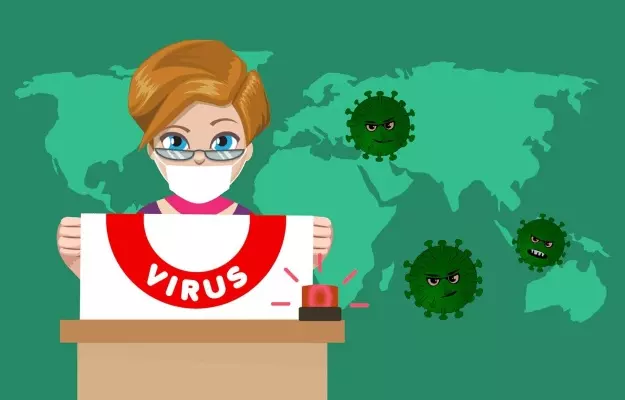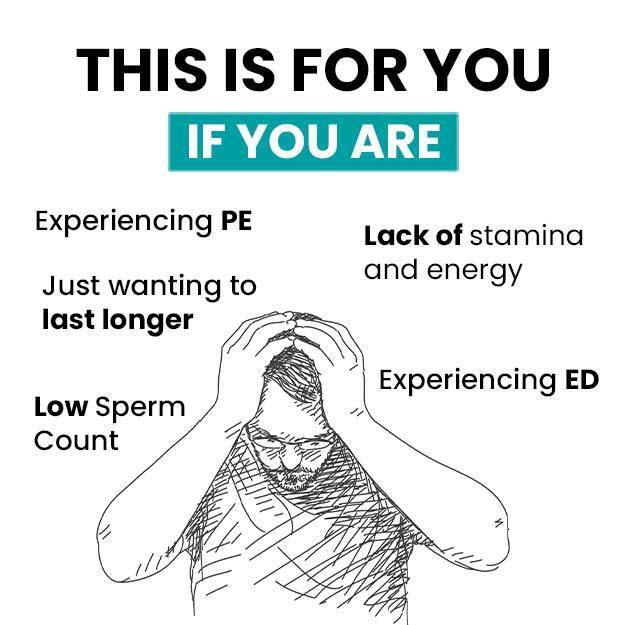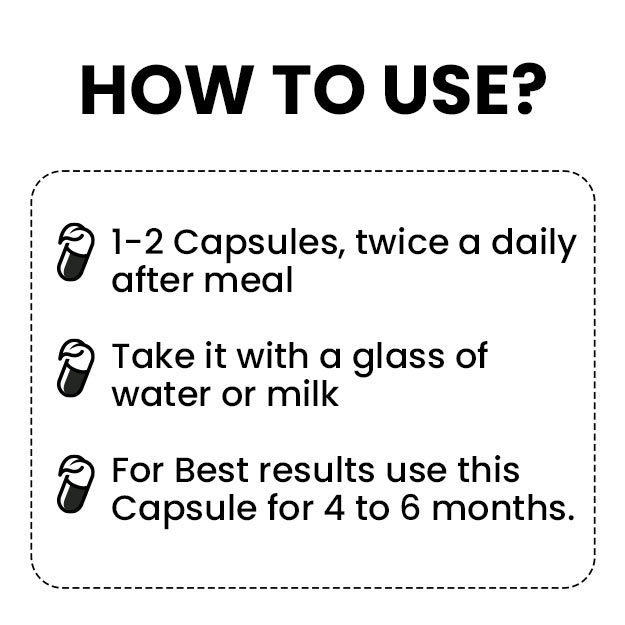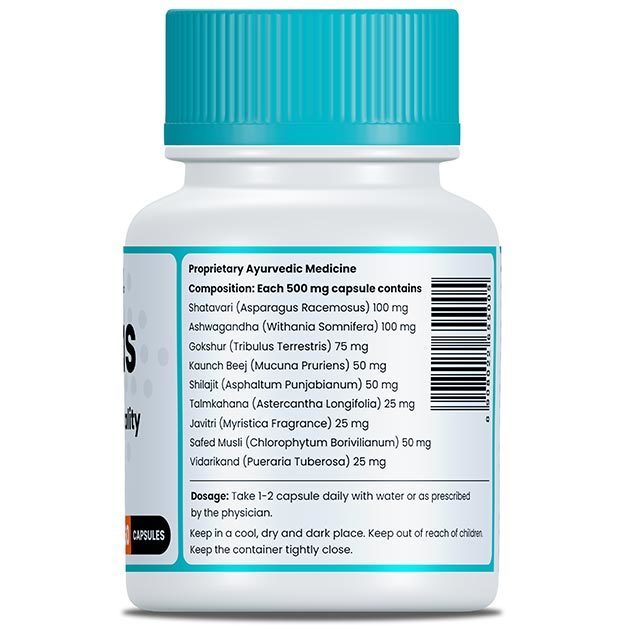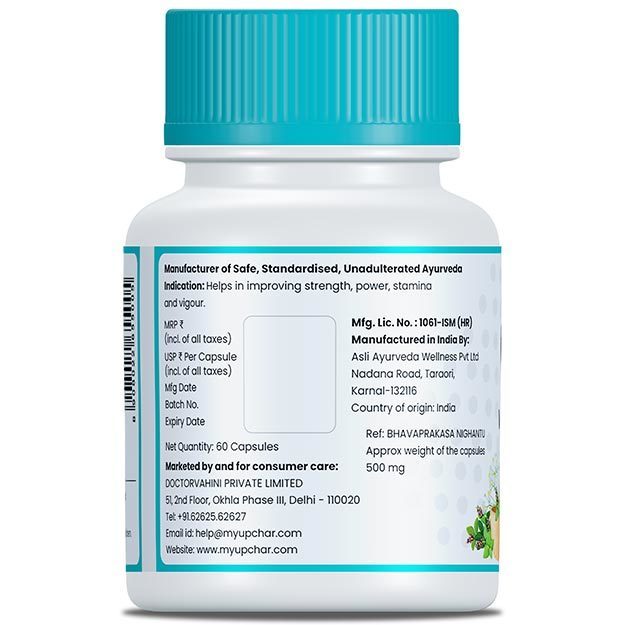In 1796, an English doctor named Edward Jenner noticed that those who had been infected with cowpox seemed to be immune to smallpox. He took a sample from a smallpox sore and injected a young boy with it. Some months later he infected the boy with smallpox several times but the boy was immune. This was the basis of vaccine development and the method that helped eradicate smallpox, although it took another two centuries for that to take place.
Smallpox is an acute, disfiguring and sometimes fatal disease caused by the variola virus. It remains the only infectious disease to have been eradicated across the world, announced on 8 May 40 years ago. Smallpox has been documented for over three millennia and has devastated human civilization; it killed over 300 million people in the 20th century alone.
As many as 30% of those infected with the variola major - the more common strain - died. Initial symptoms include fever, body ache, severe fatigue and back pain, and vomiting in some cases. The incubation period is between 10 to 14 days and people are most contagious after the emergence of a rash, eventually leaving marks on the body for the rest of a patient’s life. Ulcers also develop in the mouth and throat and burst soon after, releasing large amounts of the virus. It is spread by droplet transmission and indirectly through infected fomites.
Read more: What is droplet transmission?
In 1967, the World Health Organization launched the 10-year Intensified Smallpox Eradication Programme (ISEP) which aimed to eradicate the disease globally. The last case of smallpox was recorded in Somalia in 1977. The then unprecedented levels of innovation, international cooperation, contact tracing and targeted vaccinations have informed our response to COVID-19 and hold some valuable lessons too.
However, there are many differences in the smallpox eradication programme and the COVID-19 response that must be acknowledged.


